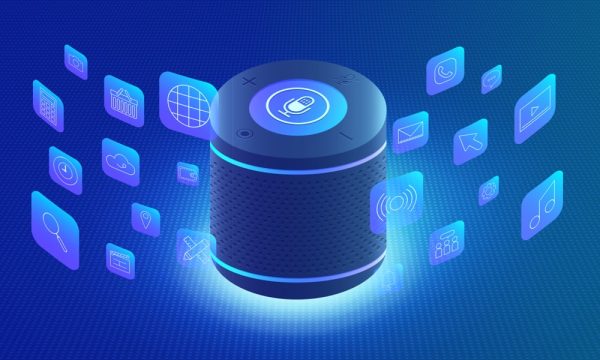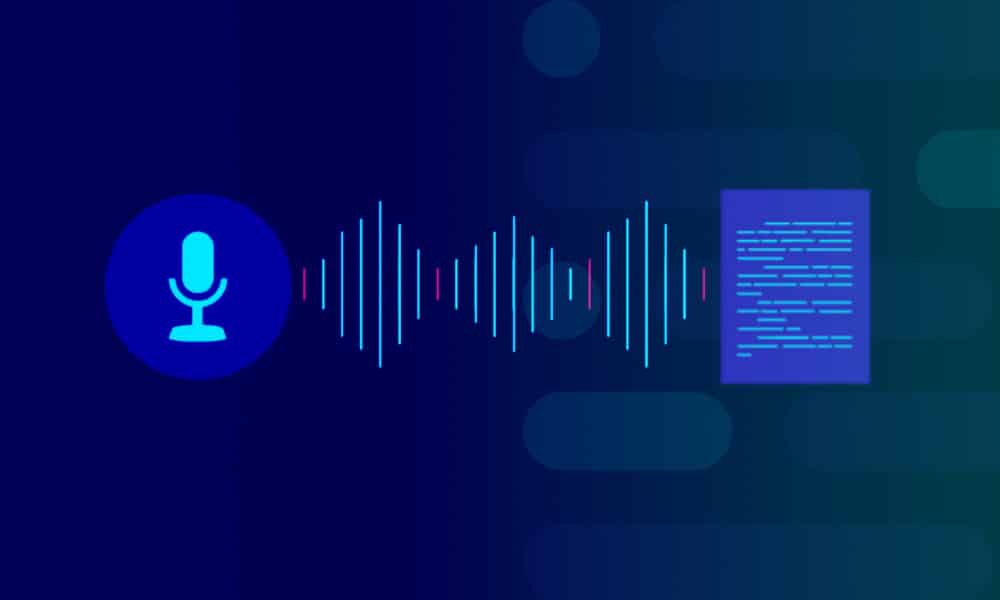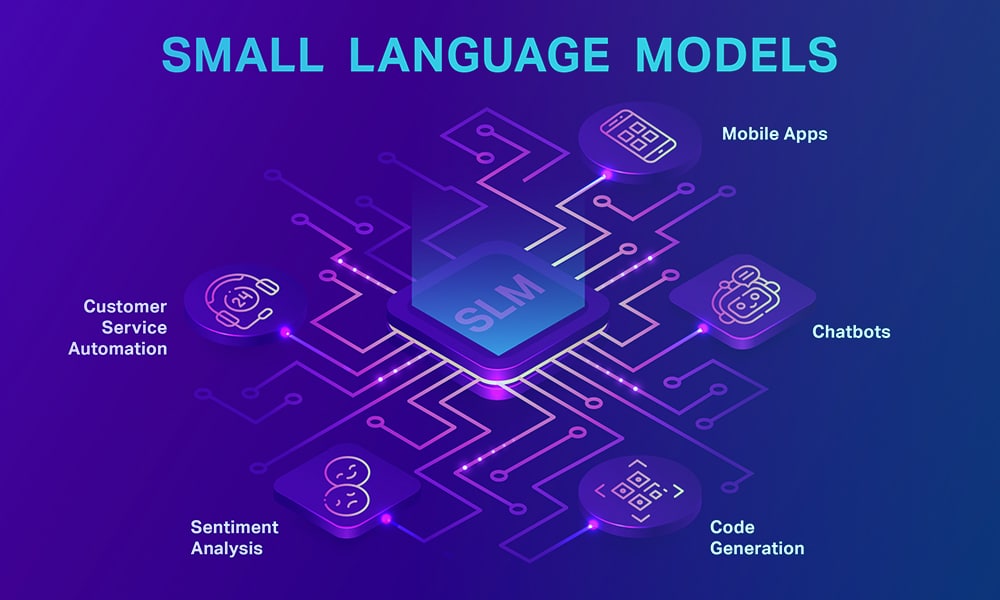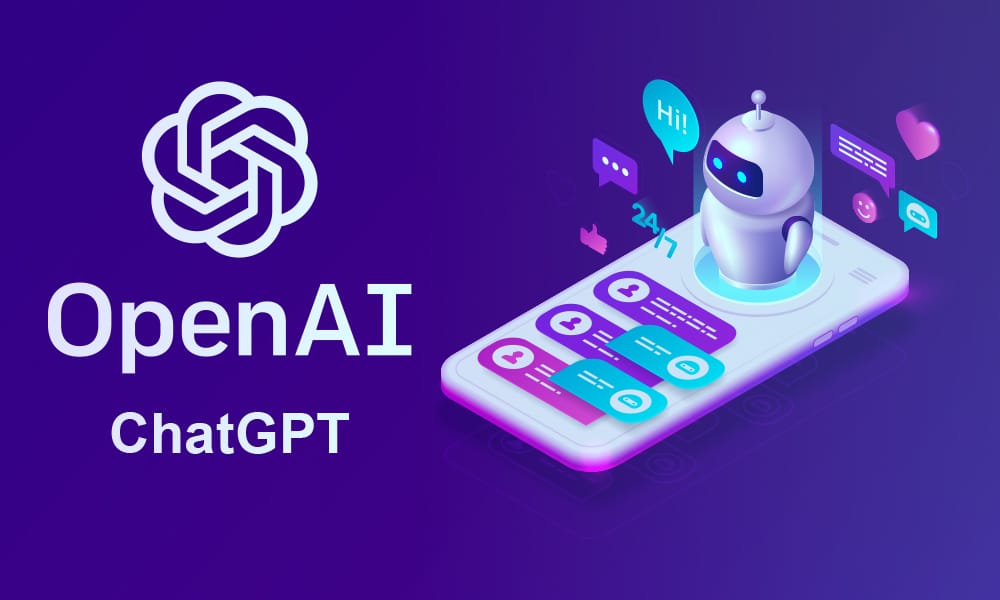What Is a Voice Assistant?
A voice assistant is software that lets people talk to technology and get things done—set timers, control lights, check calendars, play music, or answer questions. You speak; it listens, understands, takes action, and replies in a human-like voice. Voice assistants now live in phones, smart speakers, cars, TVs, and contact centers.
Voice Assistant Market Share
Global voice assistants remain widely used across phones, smart speakers, and cars, with estimates putting 8.4 billion digital assistants in use in 2024 (multi-device users drive the count). Analysts size the voice assistant market differently but agree on rapid growth: for example, Spherical Insights models USD 3.83B (2023) → USD 54.83B (2033), CAGR ~30.5%; NextMSC projects USD 7.35B (2024) → USD 33.74B (2030), CAGR ~26.5%. Adjacent speech/voice recognition (the enabling tech) is also expanding—MarketsandMarkets forecasts USD 9.66B (2025) → USD 23.11B (2030), CAGR ~19.1%.
How Voice Assistants Understand What You’re Saying
Every request you make travels through a pipeline. If each step is strong—especially in noisy environments—you get a smooth experience. If one step is weak, the whole interaction suffers. Below, you’ll see the full pipeline, what’s new in 2025, where things break, and how to fix them with better data and simple guardrails.
Real-Life Examples of Voice Assistant Technology in Action
- Amazon Alexa: Powers smart-home automation (lights, thermostats, routines), smart speaker controls, and shopping (lists, reorders, voice purchases). Works across Echo devices and many third-party integrations.
- Apple Siri: Deeply integrated with iOS and Apple services to manage messages, calls, reminders, and app Shortcuts hands-free. Useful for on-device actions (alarms, settings) and continuity across iPhone, Apple Watch, CarPlay, and HomePod.
- Google Assistant: Handles multi-step commands and follow-ups, with strong integration into Google services (Search, Maps, Calendar, YouTube). Popular for navigation, reminders, and smart-home control on Android, Nest devices, and Android Auto.
Which AI Technology Is Used Behind the Personal Voice Assistant

- Wake-word detection & VAD (on-device): Tiny neural models listen for the trigger phrase (“Hey…”) and use voice activity detection to spot speech and ignore silence.
- Beam forming & noise reduction: Multi-mic arrays focus on your voice and cut background noise (far-field rooms, in-car).
- ASR (Automatic Speech Recognition): Neural acoustic + language models convert audio to text; domain lexicons help with brand/device names.
- NLU (Natural Language Understanding): Classifies intent and extracts entities (e.g., device=lights, location=living room).
- LLM reasoning & planning: LLMs help with multi-step tasks, coreference (“that one”), and natural follow-ups—within guardrails.
- Retrieval-augmented generation (RAG): Pulls facts from policies, calendars, docs, or smart-home state to ground replies.
- NLG (Natural Language Generation): Turns results into short, clear text.
- TTS (Text-to-Speech): Neural voices render the response with natural prosody, low latency, and style controls.
The Expanding Ecosystem of Voice-Enabled Devices
- Smart speakers. By the end of 2024, 111.1 million U.S. consumers will use smart speakers, eMarketer forecasts. Amazon Echo leads market share, followed by Google Nest and Apple HomePod.
- AI-powered smart glasses. Companies like Solos, Meta, and potentially Google are developing smart glasses with advanced voice capabilities for real-time assistant interactions.
- Virtual and mixed-reality headsets. Meta is integrating its conversational AI assistant into Quest headsets, replacing basic voice commands with more sophisticated interactions.
- Connected cars. Major automakers like Stellantis and Volkswagen are integrating ChatGPT into in-car voice systems for more natural conversations during navigation, search, and vehicle control.
- Other devices. Voice assistants are expanding to earbuds, smart home appliances, televisions, and even bicycles.
Quick Smart-Home Example
You say: “Dim the kitchen lights to 30% and play jazz.”
Wake word fires on-device.
ASR hears: “dim the kitchen lights to thirty percent and play jazz.”
NLU detects two intents: SetBrightness(value=30, location=kitchen) and PlayMusic(genre=jazz).
Orchestration hits lighting and music APIs.
NLG drafts a short confirmation; TTS speaks it.
If lights are offline, the assistant returns a grounded error with a recovery option: “I can’t reach the kitchen lights—try the dining lights instead?”
Where Things Break—and Practical Fixes
A. Noise, accents, and device mismatch (ASR)
Symptoms: misheard names or numbers; repeated “Sorry, I didn’t catch that.”
- Collect far-field audio from real rooms (kitchen, living room, car).
- Add accent coverage that matches your users.
- Maintain a small lexicon for device names, rooms, and brands to guide recognition.
B. Brittle NLU (intent/entity confusion)
Symptoms: “Refund status?” treated as a refund request; “turn up” read as “turn on.”
- Author contrastive utterances (look-alike negatives) for confusing intent pairs.
- Keep balanced examples per intent (don’t let one class dwarf the rest).
- Validate training sets (remove duplicates/gibberish; keep realistic typos).
C. Lost context across turns
Symptoms: follow-ups like “make it warmer” fail, or pronouns like “that order” confuse the bot.
- Add session memory with expiry; carry referenced entities for a short window.
- Use minimal clarifiers (“Do you mean the living-room thermostat?”).
D. Safety & privacy gaps
Symptoms: oversharing, unguarded tool access, unclear consent.
- Keep wake-word detection on-device where possible.
- Scrub PII, allow-list tools, and require confirmation for risky actions (payments, door locks).
- Log actions for auditability.
Utterances: The Data That Makes NLU Work
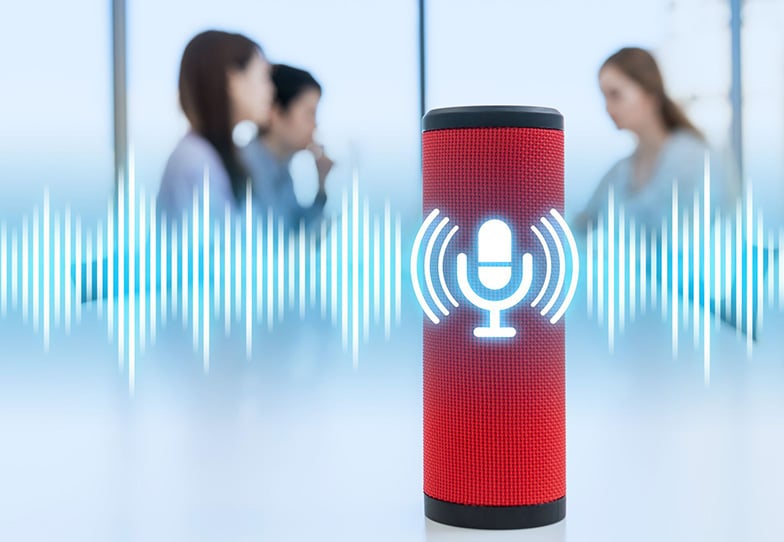
- Variation: short/long, polite/direct, slang, typos, and voice disfluencies (“uh, set timer”).
- Negatives: near-miss phrases that should not map to the target intent (e.g., RefundStatus vs. RequestRefund).
- Entities: consistent labeling for device names, rooms, dates, amounts, and times.
- Slices: coverage by channel (IVR vs. app), locale, and device.
Multilingual & Multimodal Considerations
- Locale-first design: write utterances the way locals actually speak; include regional terms and code-switching if it happens in real life.
- Voice + screen: keep spoken replies short; show details and actions on screen.
- Slice metrics: track performance by locale × device × environment. Fix the worst slice first for faster wins.
What’s Changed in 2025 (and Why It Matters)
- From answers to agents: new assistants can chain steps (plan → act → confirm), not just answer questions. They still need clear policies and safe tool use.
- Multimodal by default: voice often pairs with a screen (smart displays, car dashboards). Good UX blends a short spoken reply with on-screen actions.
- Better personalization and grounding: systems use your context (devices, lists, preferences) to reduce back-and-forth—while keeping privacy in mind.
How Shaip Helps You Build It
Shaip helps you ship reliable voice and chat experiences with the data and workflows that matter. We provide custom speech data collection (scripted, scenario, and natural), expert transcription and annotation (timestamps, speaker labels, events), and enterprise-grade QA across 150+ languages. Need speed? Start with ready-to-use speech datasets, then layer bespoke data where your model struggles (specific accents, devices, or rooms). For regulated use cases, we support PII/PHI de-identification, role-based access, and audit trails. We deliver audio, transcripts, and rich metadata in your schema—so you can fine-tune, evaluate by slice, and launch with confidence.
